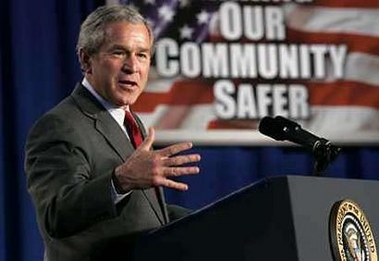On Monday, September 17, 2001 an unusual pattern began to emerge.
Attorney General John Ashcroft announced on this day that he would
soon be sending an anti-terrorism proposal to the U.S. Congress and that
he would ask Congress to enact the legislation by Friday, September
21. Given the length, complexity and importance of the bill (the
Patriot Act) this was an astonishing announcement. He was asking
Congress to act with blazing speed and to make an Olympian leap of
faith.
On the same day, September 17, an article by Rick Weiss appeared in the Washington Post entitled, “Bioterrorism: An Even More Devastating Threat.” Weiss explained that:
“Biological attacks can be far more difficult to respond
to than conventional terrorist attacks. For one thing, they are covert
rather than overt; for days, no one would know that one had occurred.
That’s a huge problem for a disease like anthrax.”
If it was peculiar that the announcement of the proposed legislation
should correspond with the announcement of a threat of anthrax, it was
even more peculiar that the threat was simultaneously being made real.
On September 17, or possibly on the following day, letters containing
spores of Bacillus anthracis were put in the U.S. mail. As
Weiss had suggested, although several people at the targeted sites (news
agencies) developed anthrax, for some time after the disease was
induced it remained undiagnosed.
The pattern was now established. For over a month following
Ashcroft’s announcement, as the Patriot Act made its way through
Congress before being signed into law by G. W. Bush on October 26, the
bill would be accompanied by anthrax—both the threat and the reality.
Perhaps there has never been a piece of legislation in American history
that was so clearly forced on Congress by a credible threat of death. ***Read full article here***


No comments:
Post a Comment